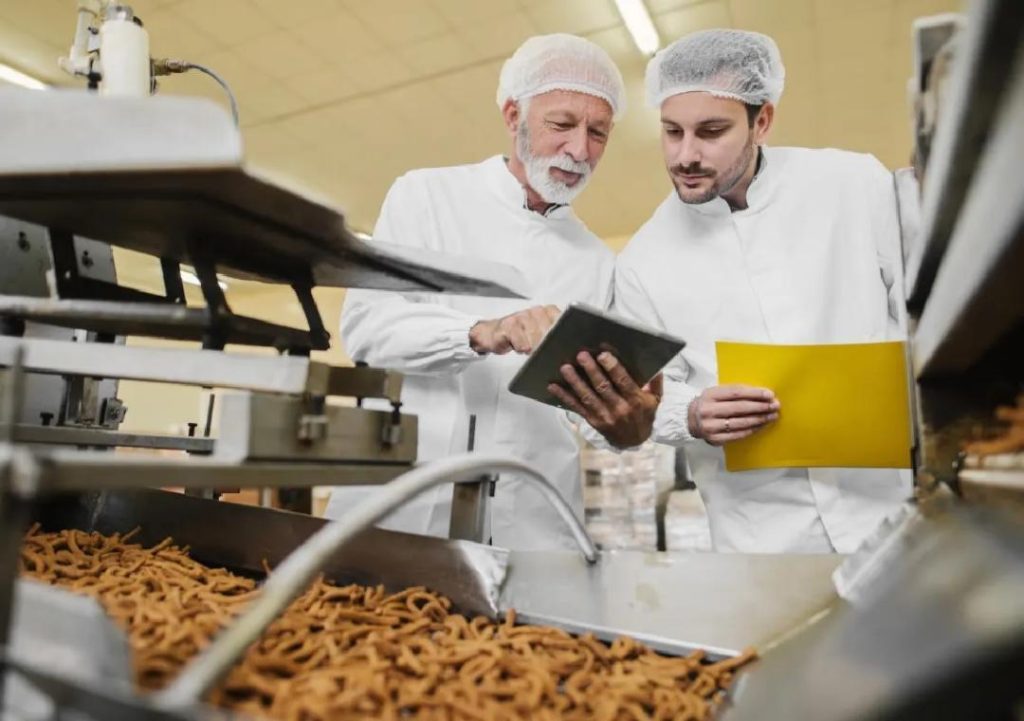
Can P&L Optimisation Redefine Success in Food Technology?
The food technology industry is a dynamic and rapidly evolving sector, with companies constantly seeking innovative ways to improve their profitability and stay ahead of the competition. One area that has gained significant attention in recent years is profit and loss (P&L) optimisation. By streamlining P&L operations, food tech companies can reduce waste, sharpen demand forecasting, and support better decision-making. In this blog post, we will explore how P&L optimisation can redefine success in the food technology industry.
The Importance of P&L Optimisation
P&L optimisation is the process of identifying and addressing inefficiencies in a company’s financial operations to improve its profitability. In the food technology industry, where margins are often thin and competition is fierce, P&L optimisation can be a critical differentiator. By identifying areas of waste and inefficiency, companies can redirect resources to more profitable areas of their business, leading to improved profitability and sustainable growth.
The Benefits of P&L Optimisation
So, what are the benefits of P&L optimisation in the food technology industry? Some of the key advantages include:
- Reduced Waste: By streamlining P&L operations, companies can reduce waste and improve productivity. This can be achieved through the use of advanced inventory management systems, which help to identify and eliminate excess stock, as well as reduce the risk of spoilage.
- Improved Demand Forecasting: P&L optimisation can also help companies to improve their demand forecasting capabilities. By analyzing historical sales data and other factors, companies can better predict customer demand and adjust their production accordingly, reducing the risk of overproduction and waste.
- Better Decision-Making: P&L optimisation provides companies with the data and insights they need to make informed business decisions. By analyzing financial data and identifying areas of inefficiency, companies can make targeted improvements to their operations, leading to improved profitability and sustainable growth.
- Scalability: P&L optimisation can also help companies to scale their operations more effectively. By streamlining financial operations and identifying areas of inefficiency, companies can redirect resources to more profitable areas of their business, leading to improved profitability and sustainable growth.
How Food Tech Companies are Implementing P&L Optimisation
So, how are food tech companies implementing P&L optimisation in their operations? Some of the key strategies include:
- Automation: Automation is a key component of P&L optimisation, as it helps to streamline financial operations and reduce the risk of human error. Companies are using automation to manage their financial data, including inventory management, accounts payable, and accounts receivable.
- Smart Inventory Systems: Smart inventory systems are another key component of P&L optimisation. These systems use data analytics and machine learning to track inventory levels in real-time, identifying areas of inefficiency and reducing the risk of stockouts and overstocking.
- Data Analytics: Data analytics is a critical component of P&L optimisation, as it provides companies with the insights they need to make informed business decisions. Companies are using data analytics to analyze financial data, track customer behavior, and identify areas of inefficiency.
- Collaboration: Collaboration is also a key component of P&L optimisation, as it helps to identify areas of inefficiency and improve communication between different departments. Companies are working closely with their suppliers, logistics providers, and other stakeholders to improve their supply chain operations and reduce waste.
Case Studies: How P&L Optimisation is Driving Success in Food Tech
So, what do the numbers say? Are food tech companies that have implemented P&L optimisation seeing improved profitability and sustainable growth? The answer is a resounding yes. Here are a few case studies that demonstrate the impact of P&L optimisation in the food technology industry:
- Food manufacturer XYZ: This company implemented a P&L optimisation platform that helped to reduce inventory levels by 15% and improve forecast accuracy by 20%. As a result, the company was able to redirect resources to more profitable areas of its business, leading to improved profitability and sustainable growth.
- Food delivery service ABC: This company implemented a smart inventory system that helped to reduce inventory levels by 10% and improve delivery times by 30%. As a result, the company was able to improve customer satisfaction and reduce costs, leading to improved profitability and sustainable growth.
- Food processing company DEF: This company implemented a data analytics platform that helped to identify areas of inefficiency in its production process, including reduced yield and increased energy consumption. As a result, the company was able to redirect resources to more profitable areas of its business, leading to improved profitability and sustainable growth.
Conclusion
P&L optimisation is a critical component of success in the food technology industry. By streamlining financial operations, reducing waste, and improving demand forecasting, companies can improve their profitability and sustainable growth. The case studies above demonstrate the impact of P&L optimisation in the food technology industry, and highlight the benefits of adopting scalable models and leveraging automation, smart inventory systems, and data analytics.
For food tech companies looking to improve their profitability and sustainable growth, P&L optimisation is a key strategy to consider. By streamlining financial operations and identifying areas of inefficiency, companies can redirect resources to more profitable areas of their business, leading to improved profitability and sustainable growth.
Source: https://www.growthjockey.com/blogs/p-and-l-operations-in-food-tech






